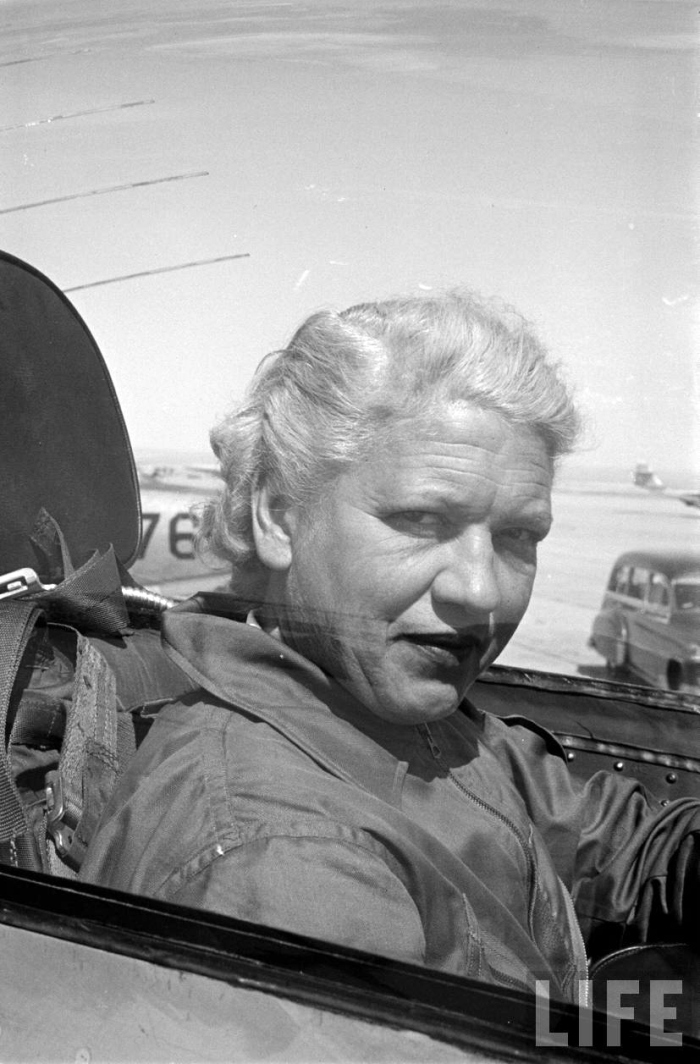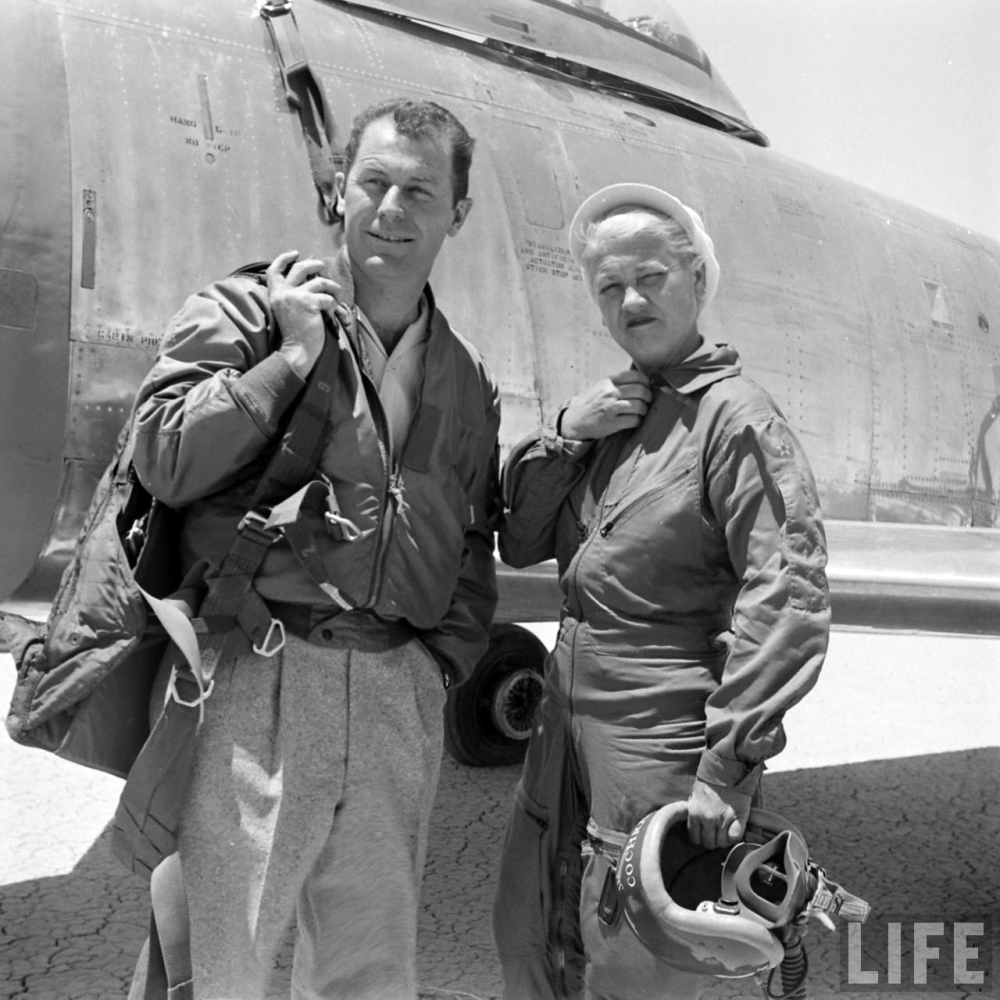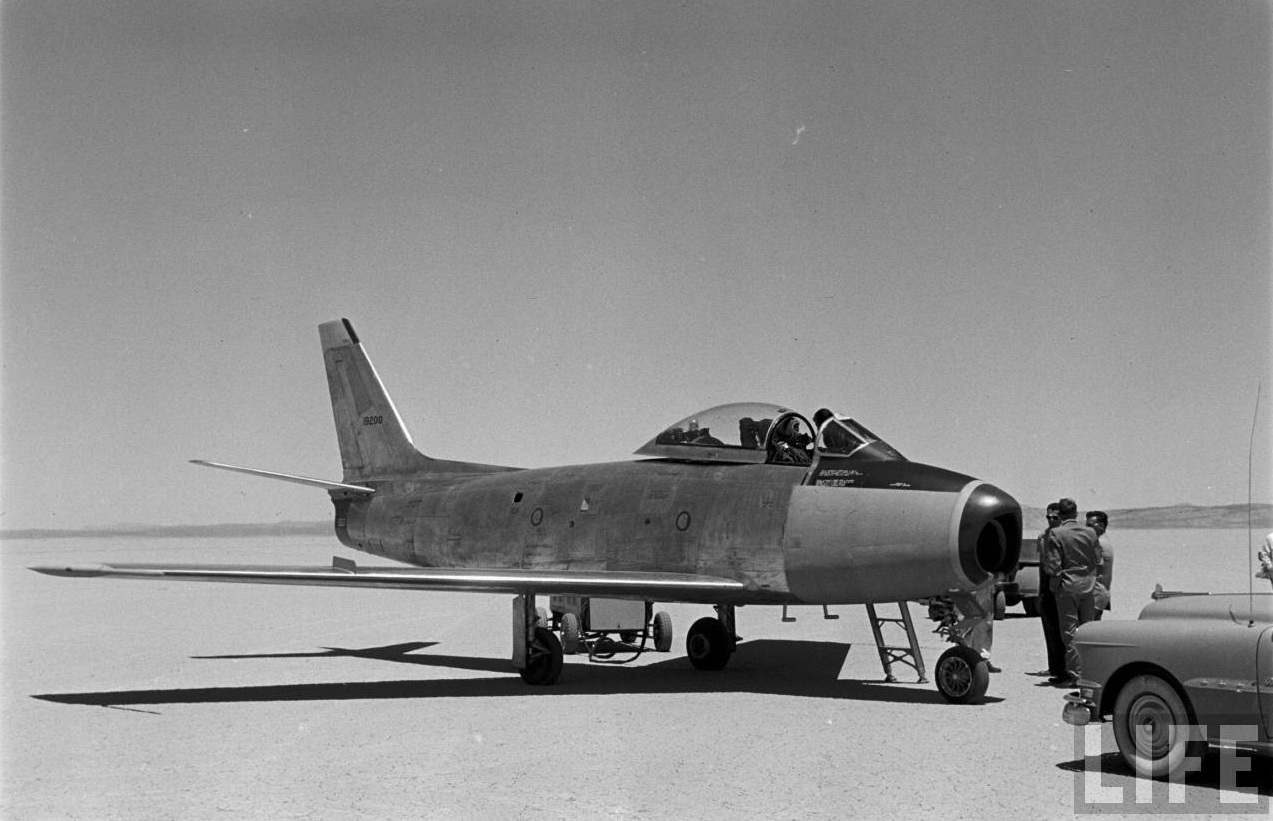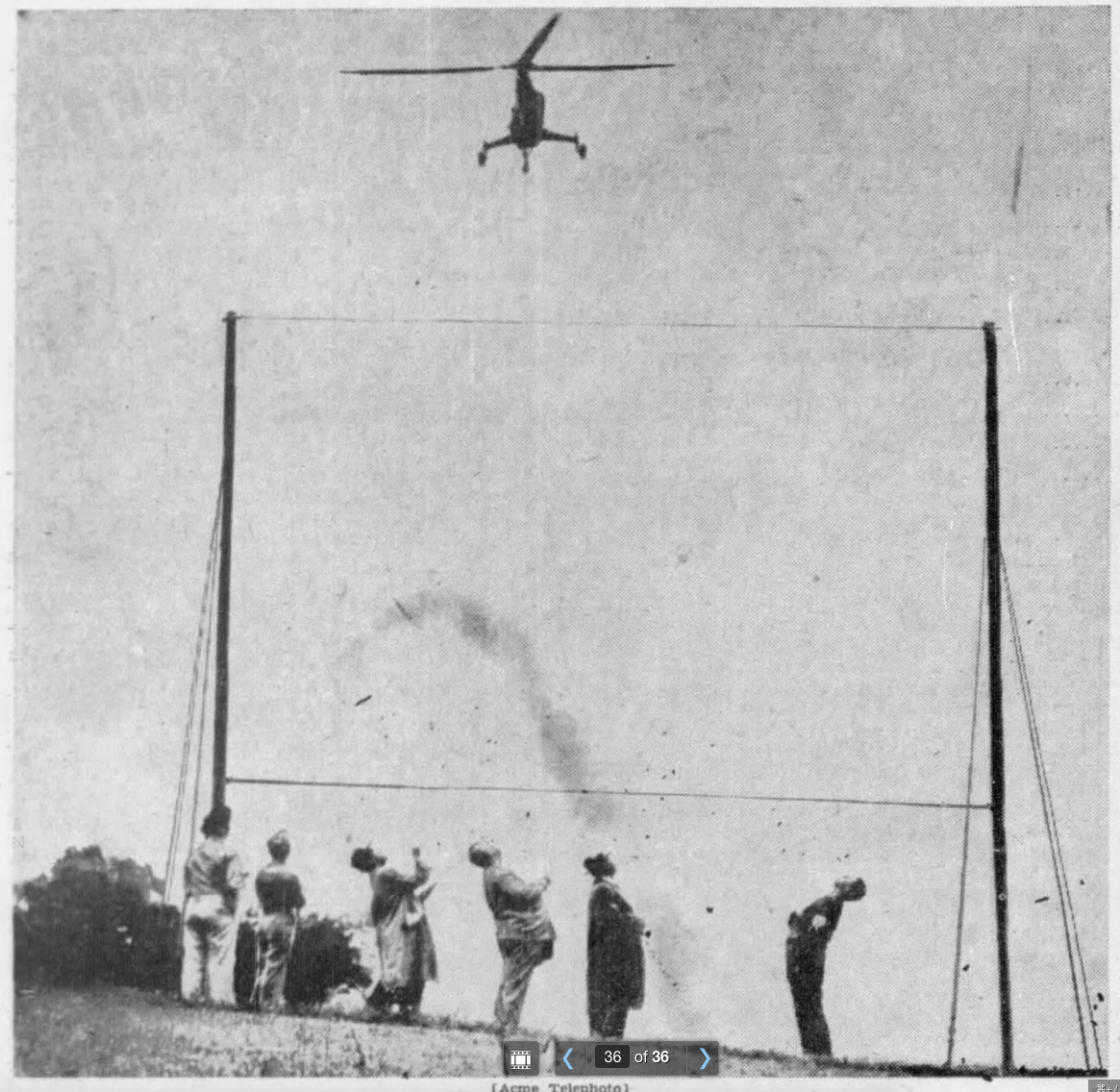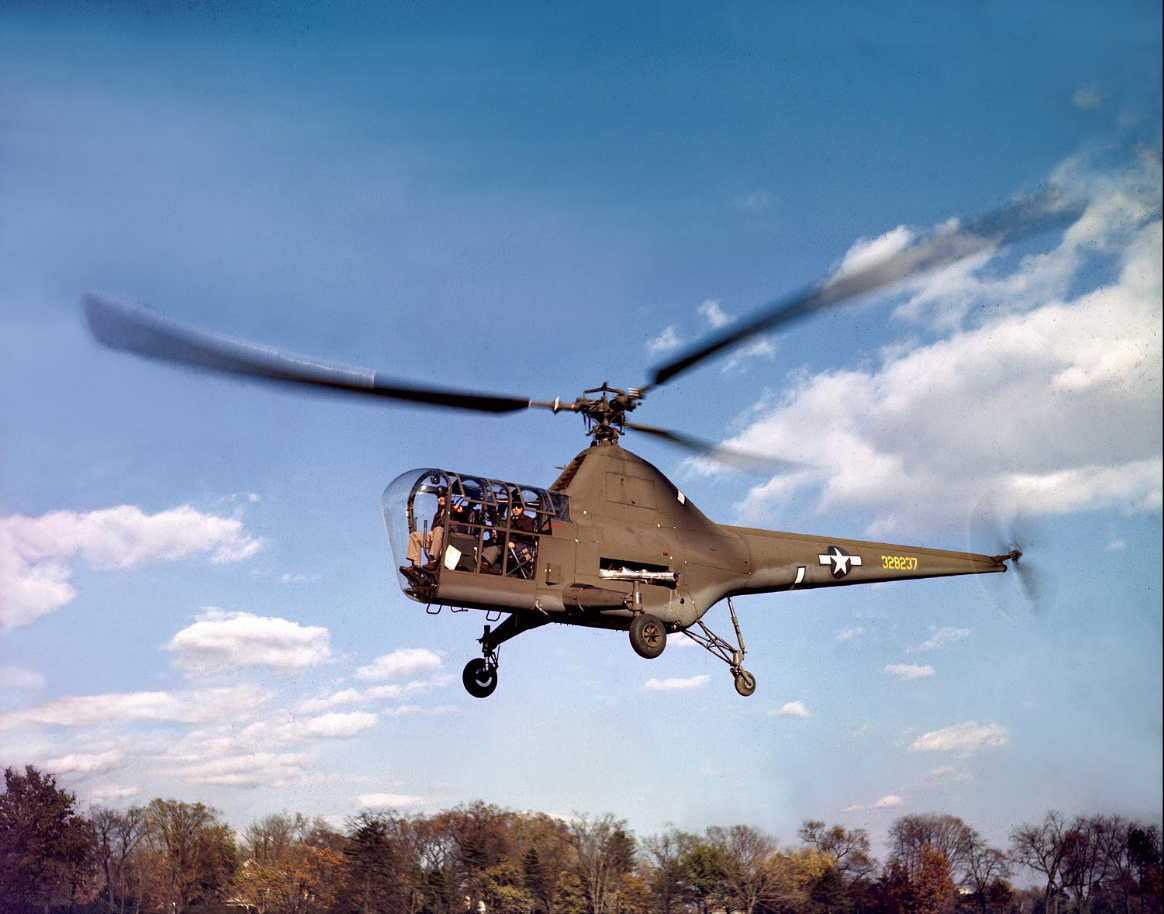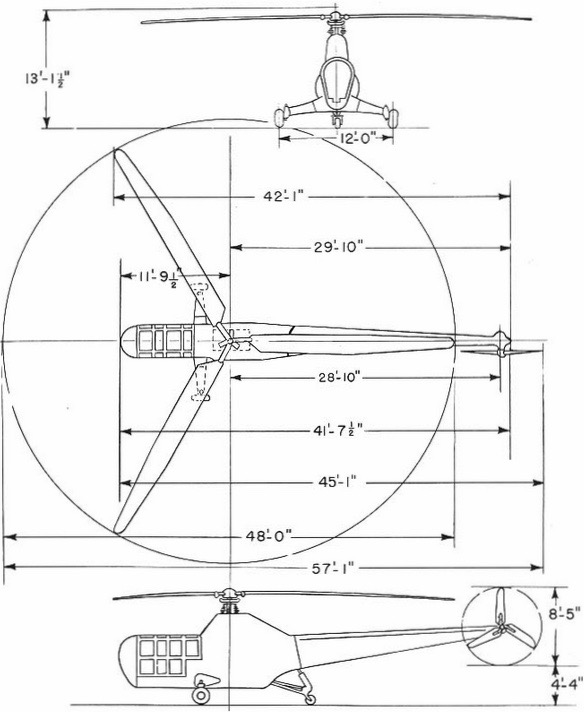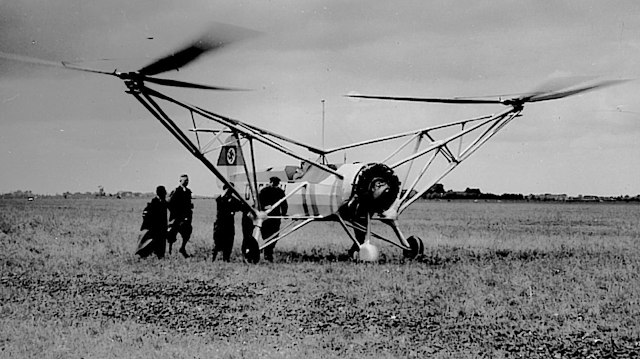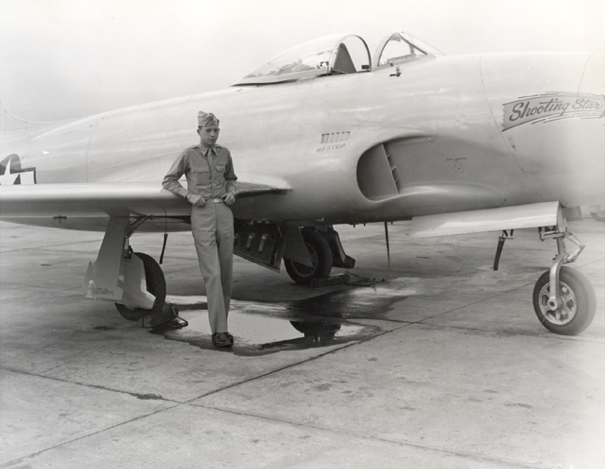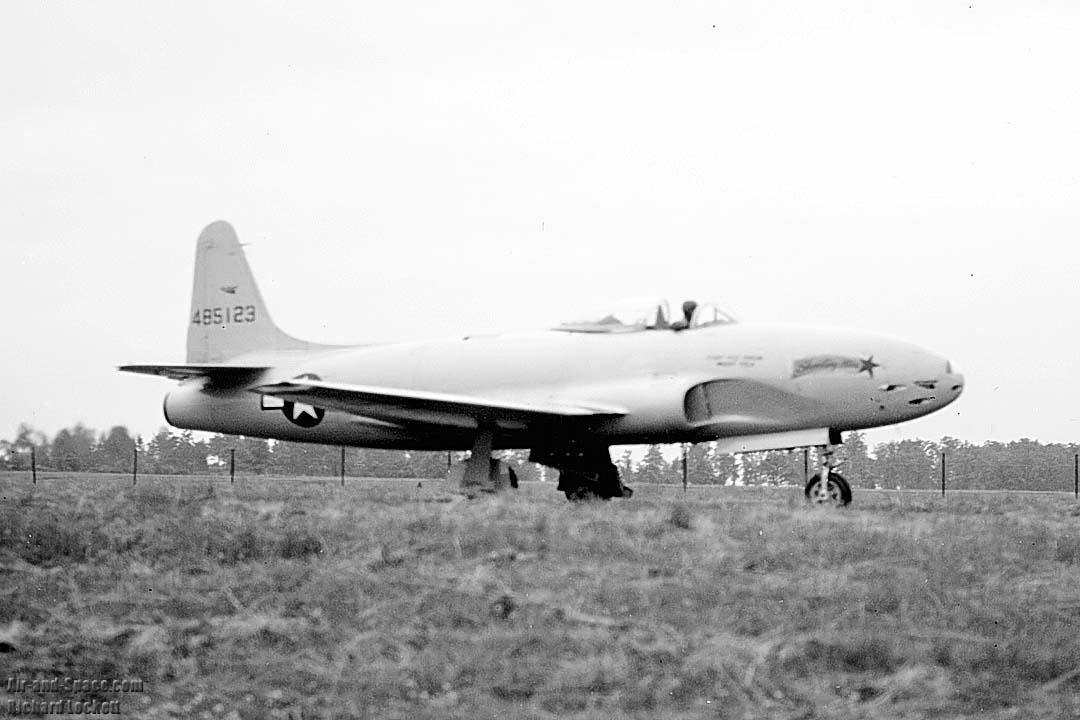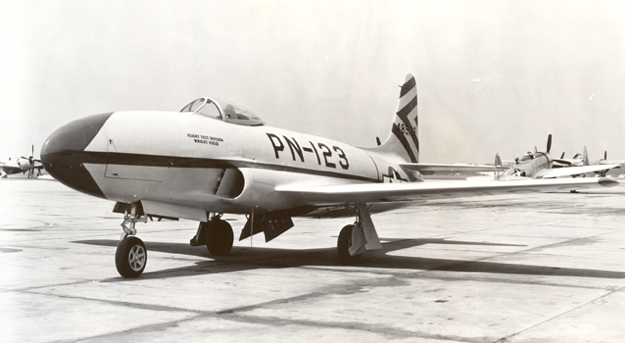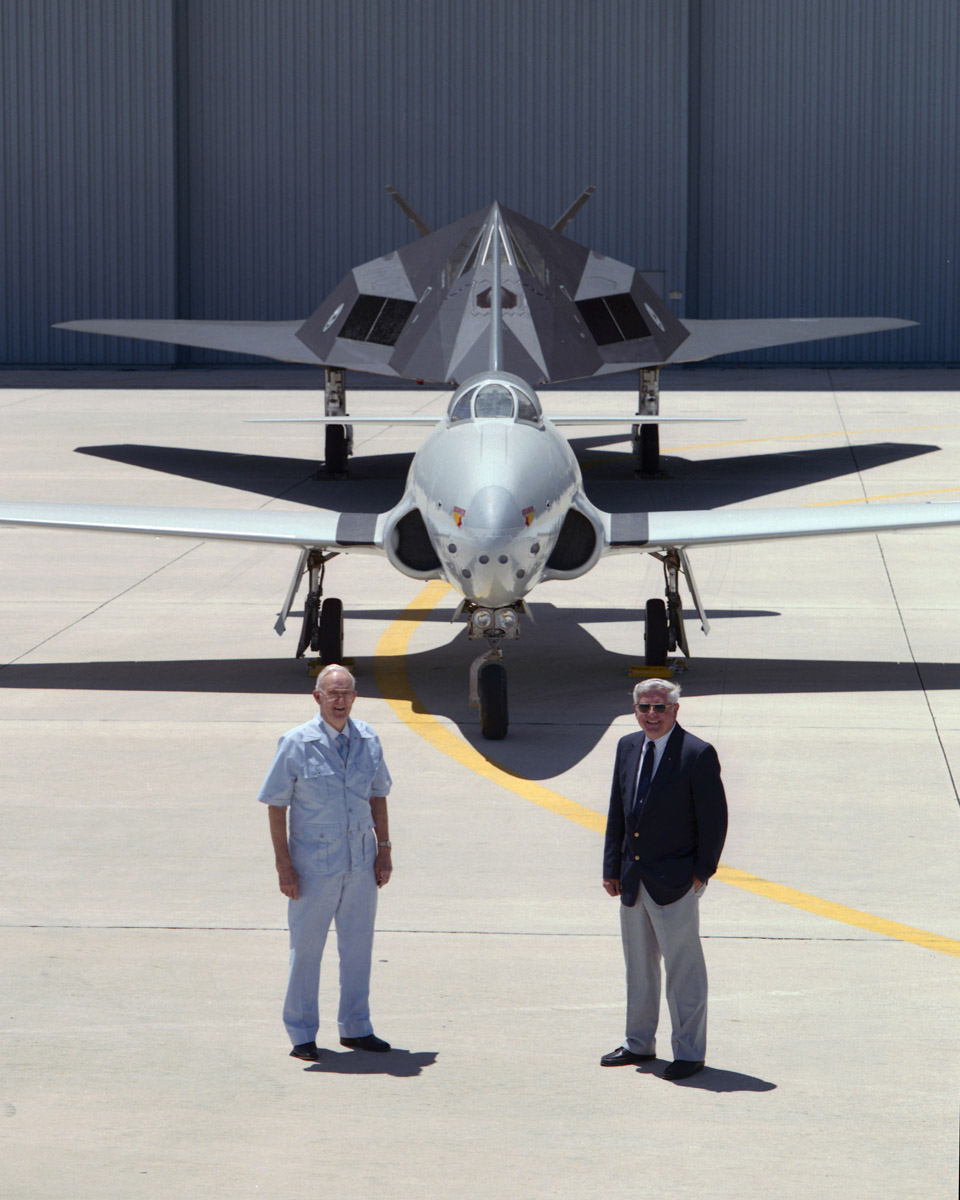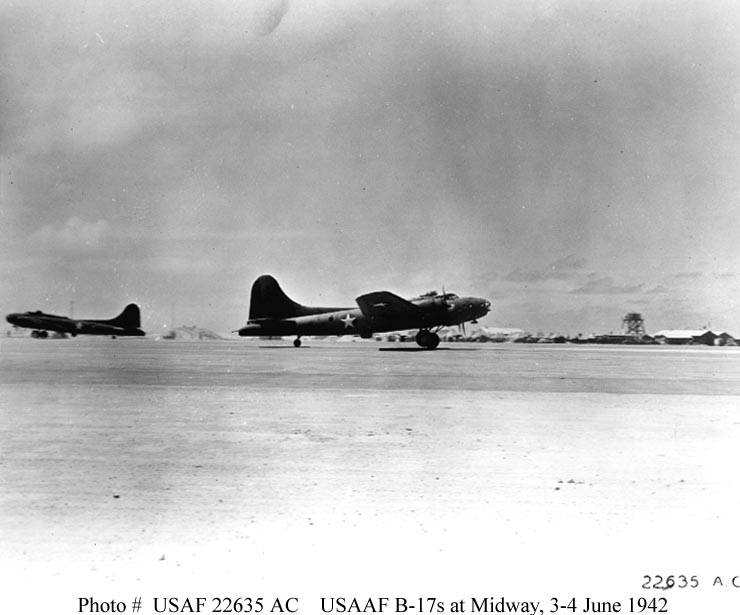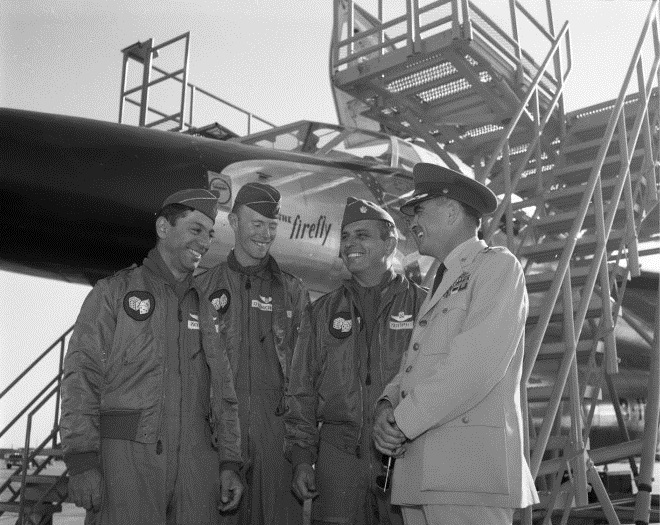
3 June 1961: At the Paris Air Show, Aéroport de Paris – Le Bourget, Paris, France, the Blériot, Harmon and Mackay Trophy-winning Convair B-58A-10-CF Hustler, 58-2451, The Firefly, crashed, killing the aircrew, Major Elmer E. Murphy, Major Eugene Moses, and First Lieutenant David F. Dickerson. The B-58 was totally destroyed.
Only days earlier, The Firefly—with a different aircrew—had set a new speed record for its flight from New York to Paris.
On leaving Le Bourget for the return trip to the United States, Major Murphy engaged in low-altitude aerobatics. There are reports that while performing a slow roll, the bomber entered a cloud bank. The pilot lost visual reference, but the roll caused the attitude indicator to exceed its limits. Disoriented and without instrument flight capability, the B-58 crashed.
The Sunday Herald (Provo, Utah) reported:
. . . The B-58 took off with five other American supersonic jets for the demonstration and flew back over the airfield at normal speed.
Then the plane started to make what looked from the ground like a “barrel” maneuver, a roll over, and suddenly disappeared from the view of the audience at the airfield. . . .
—The Sunday Herald, Vol. 39, No. 1, 4 June 1961, Page 2, Column 2
United Press International (UPI) reported,
. . . An eyewitness said the plane appeared to explode in flight after making a “barrel roll.”
It was “transformed into a ball of fire,” said Dr. J.P Duchon. “We heard a tremendous explosion at the same time.” The B-58 crashed into some farm acreage gouging a 15-feet-deep crater in the ground.
—Pharos Tribune (Logansport, Indiana), 5 June 1961, Page 2, Column 2
The Fort Worth Star-Telegram published the following:
. . . According to reports from [John] Randel [correspondent for the Paris edition of the New York Herald-Tribune] and the Associated Press, this is the way the crash occurred:
The delta-wing bomber streaked passed the control tower and disappeared into the overcast. No one at Le Bourget Airport, where the air show was being staged, saw any sign of the crash, which occurred about 5 p.m. Paris time (10 a.m. Fort Worth time).
Wheat Field.
But at the little town of Louvres, three miles north of the airport, there was a tremendous explosion.
The needle-nose bomber plunged into a wheat field. This was about 10 minutes after takeoff.
The nearest building was from 500 to 800 yards away.
Louvres police said they did not know whether the plane exploded in air or when it hit the ground.
Fuel from the plane caught fire, sending up billows of smoke. Huge craters were cut into the ground by plummeting wreckage, indicating an aerial explosion.
About 10 fire trucks were soon at the scene spraying water on the burning debris.
Helicopter Lift.
One report said the plane had completed a slow roll and was trying a snap roll when two or three of its four engines ripped off. This report was strictly unofficial. . . .
—Fort Worth Star-Telegram, Vol. 81, No. 123, 3 June 1961, Page 1, Column 1
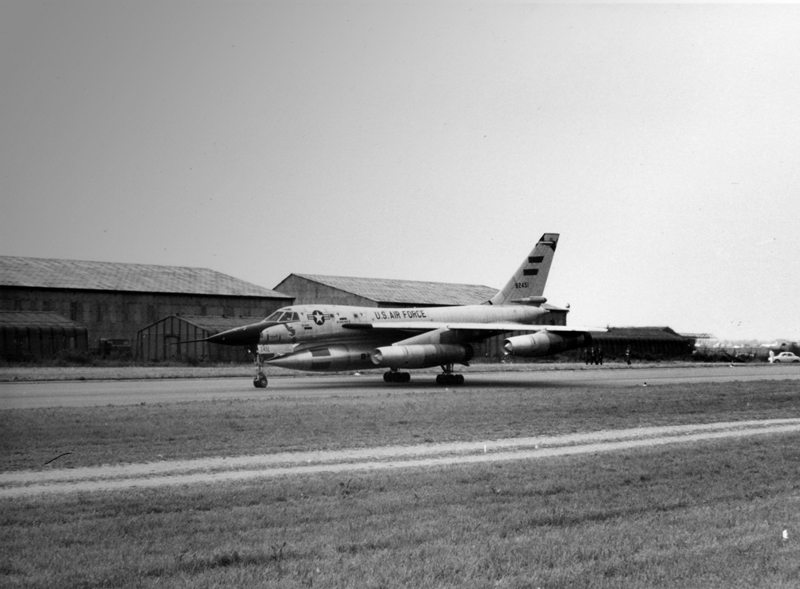
© 2023, Bryan R. Swopes
